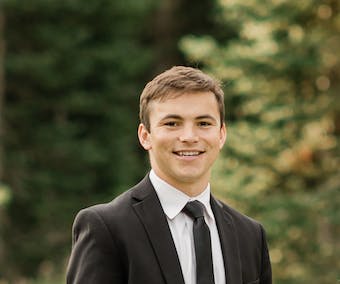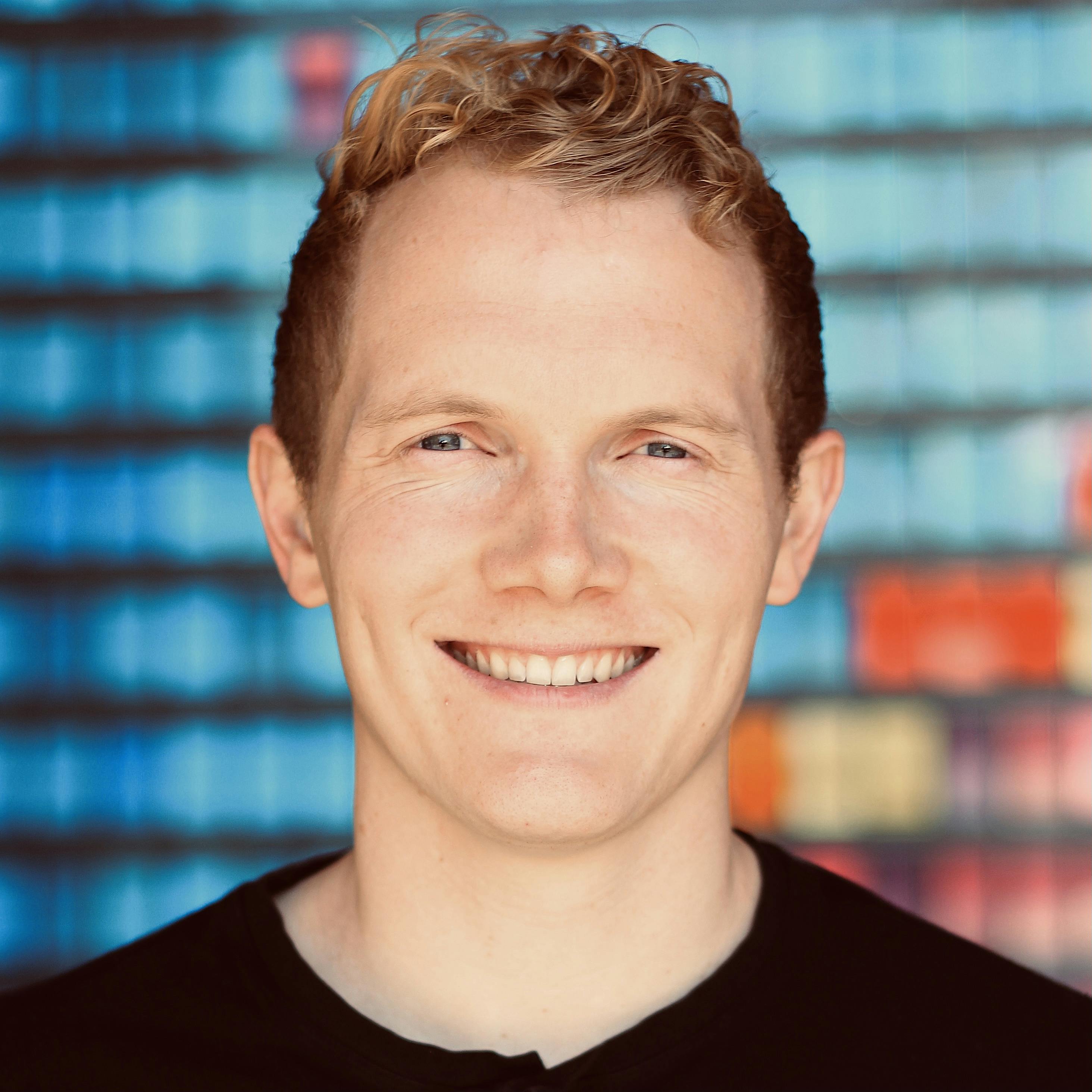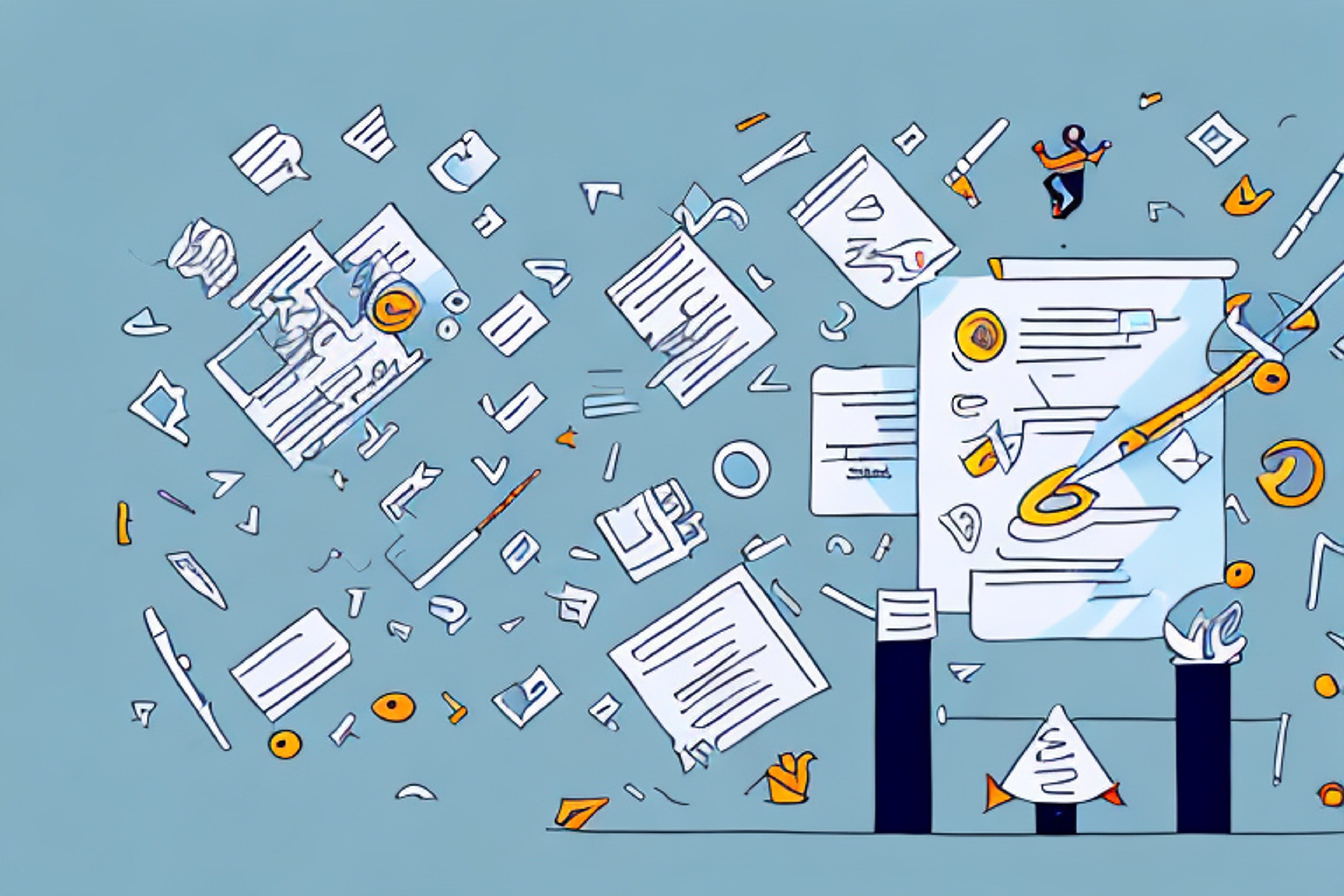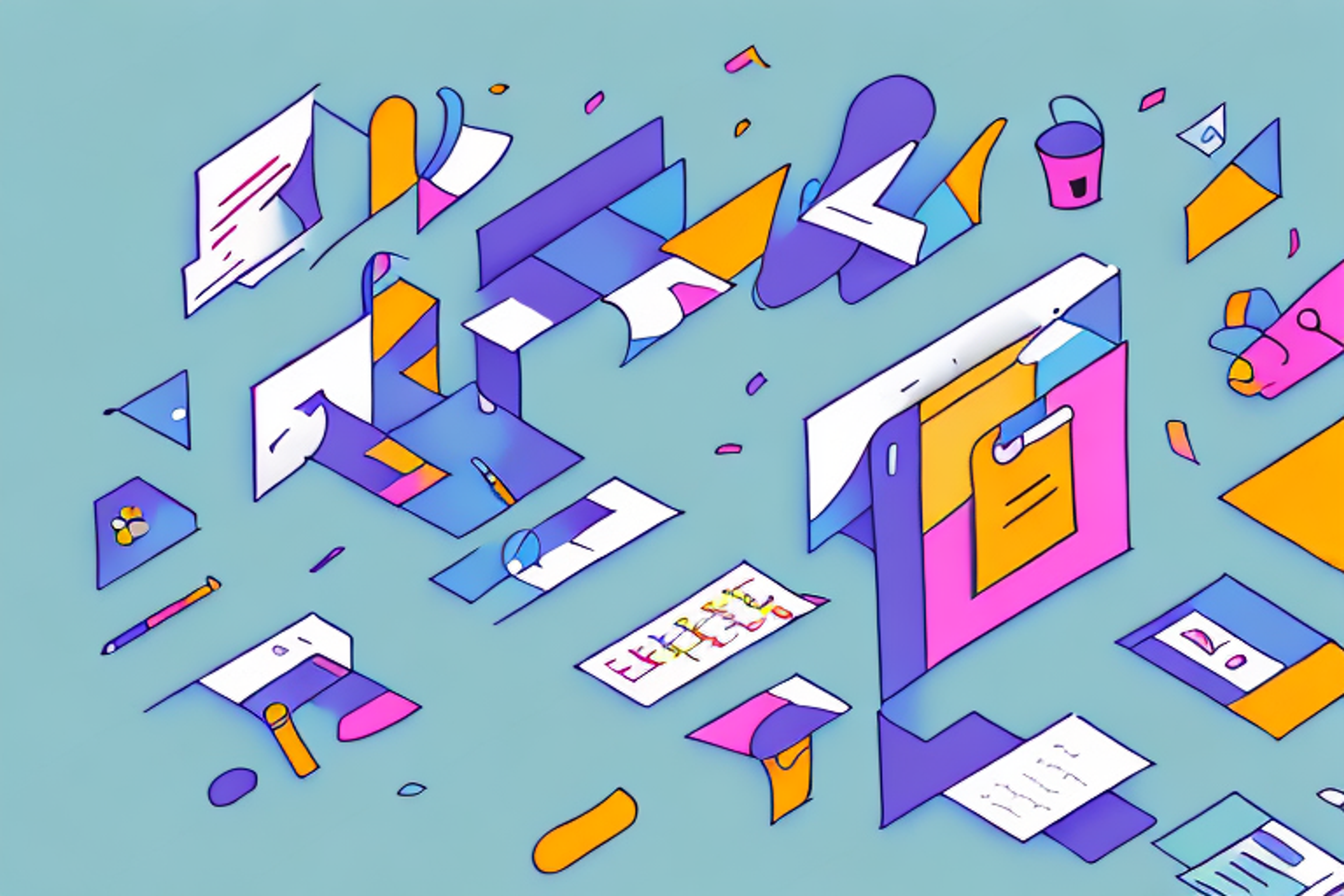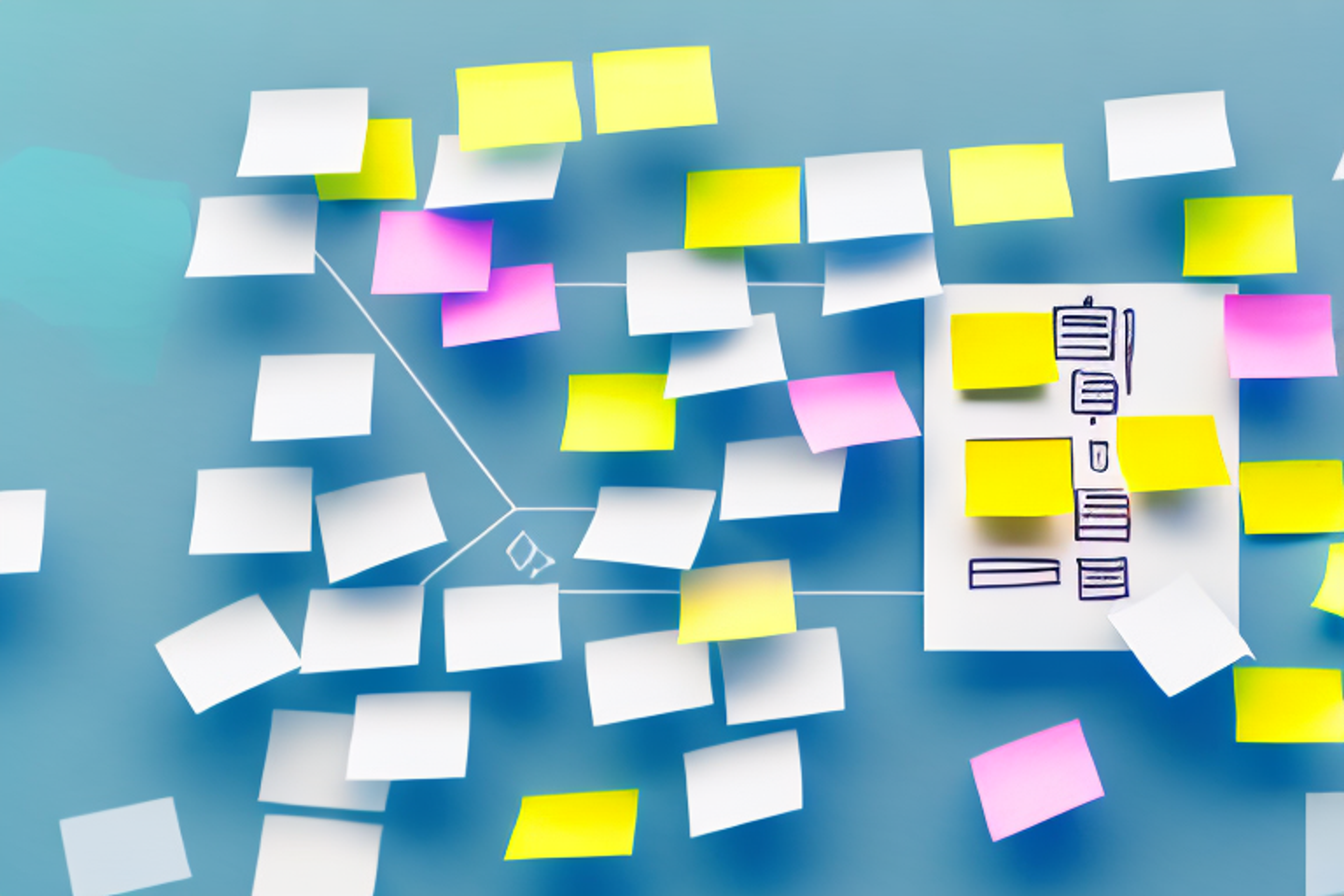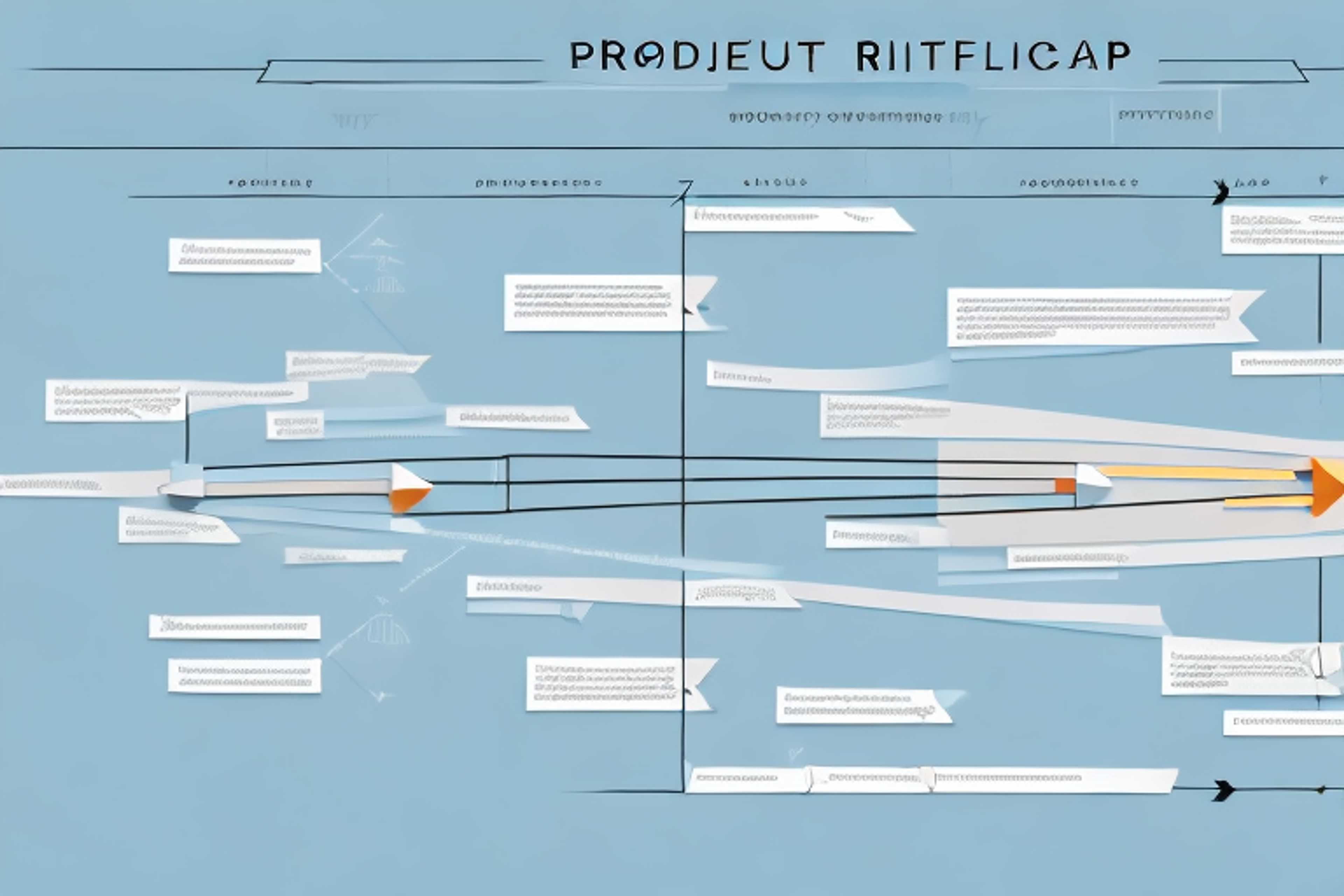Backlog Prioritization Techniques: How to Prioritize Your Product Features Effectively
Learn effective backlog prioritization techniques to prioritize your product features efficiently.
Posted May 16, 2023
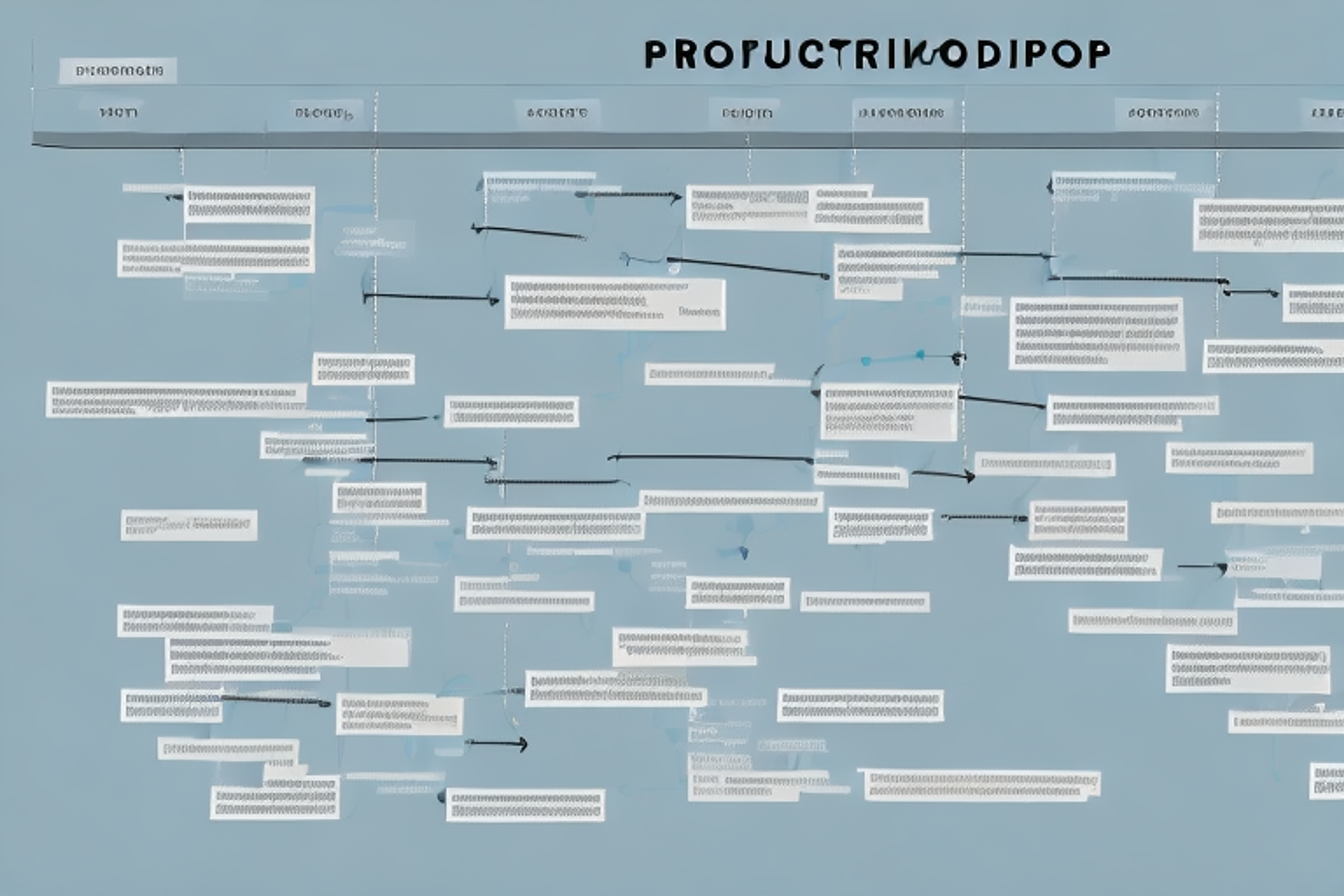
Table of Contents
As a product owner or manager, one of the most important tasks is to prioritize your backlog of product features. Backlog prioritization helps you determine which features to work on first and enables you to deliver value to your customers efficiently. In this article, we'll explore various techniques for effective backlog prioritization and how to balance short-term and long-term goals to create a successful backlog prioritization strategy.
Understanding the Importance of Backlog Prioritization
Backlog prioritization is crucial for the success of any product development project. It helps you to ensure that the most important features are delivered first, thereby providing the most value to your customers. Effective backlog prioritization also enables you to optimize your resources by focusing on features with the highest impact and urgency.
Furthermore, backlog prioritization allows for better communication and collaboration within the development team. By having a clear understanding of which features are most important, team members can work together to ensure that those features are delivered on time and with the highest quality. This can lead to increased efficiency and productivity, as well as a stronger sense of teamwork and shared goals.
Techniques for Identifying and Ranking Product Features
One of the essential steps in backlog prioritization is identifying and ranking product features. There are many techniques for doing this, including the Kano Model, cost of delay, and the Eisenhower Matrix.
The Kano Model: A Guide to Prioritizing Customer Needs and Wants
The Kano Model is a useful technique for prioritizing customer needs and wants. It divides customer requirements into three categories: Must-Haves, Performance, and Delighters. Must-Haves are basic features that customers expect from your product. Performance features are those that directly affect customer satisfaction, and Delighters are unexpected features that exceed customer expectations.
Cost of Delay: A Critical Factor in Prioritizing Your Backlog
The cost of delay is another critical factor in prioritizing your backlog. It is the cost of not delivering a particular feature or product at a particular time. By estimating the cost of delay for each product feature, you can prioritize those that have the highest cost of delay and deliver them first.
The Eisenhower Matrix: An Effective Tool for Prioritizing Your To-Do List
The Eisenhower Matrix is an effective tool for prioritizing your to-do list. It helps you sort your tasks based on their urgency and importance. You can use this technique to prioritize your product features by categorizing them into Quadrant 1 (urgent and important), Quadrant 2 (important but not urgent), Quadrant 3 (urgent but not important), and Quadrant 4 (not urgent and not important).
MoSCoW Prioritization: A Simple Yet Effective Technique for Prioritizing Product Features
MoSCoW prioritization is a simple yet effective technique for prioritizing product features. It stands for Must-Have, Should-Have, Could-Have, and Won't-Have. Must-Have features are critical and must be included in the product. Should-Have features are important but not critical, and Could-Have features are desirable but not necessary. Won't-Have features are those that will not be included in the product.
User Story Mapping: A Collaborative Technique for Prioritizing Product Features
User story mapping is a collaborative technique for prioritizing product features. It involves creating a visual representation of the user's journey through the product, from the initial discovery to the final goal. By mapping out the user's journey, you can identify the most critical features and prioritize them accordingly.
How to Use the MoSCoW Method for Prioritizing Backlog Items
The MoSCoW method is another commonly used technique for backlog prioritization. It stands for Must-Have, Should-Have, Could-Have, and Won't-Have. By categorizing each product feature into one of these categories, you can prioritize them based on their importance and urgency.
One of the benefits of using the MoSCoW method is that it allows for flexibility in prioritization. As the project progresses and new information becomes available, items can be moved between categories to reflect changing priorities. Additionally, the MoSCoW method encourages collaboration and communication among team members, as they work together to determine the importance and urgency of each backlog item.
Agile Scrum and Backlog Prioritization: Best Practices for Success
Agile Scrum is a popular framework for software development that emphasizes backlog prioritization. Its iterative approach allows the development team to focus on delivering the most important features first. Agile Scrum also encourages collaboration and communication between the product owner, the development team, and other stakeholders.
One of the key benefits of Agile Scrum and backlog prioritization is the ability to quickly adapt to changing requirements. As the development team works through the backlog, they can easily adjust priorities based on feedback from stakeholders or changes in the market. This flexibility allows for a more efficient and effective development process, ultimately leading to a better end product.
Tips for Collaborative Backlog Prioritization with Your Team
Collaborative backlog prioritization can be an effective way to ensure that all stakeholders have input into the process. Here are some tips for successful collaborative backlog prioritization:
- Involve all stakeholders in the process
- Create a shared understanding of priorities
- Encourage open communication and debate
- Use objective criteria to evaluate each feature
Another important tip for successful collaborative backlog prioritization is to establish clear goals and objectives for the project. This will help guide the prioritization process and ensure that everyone is working towards the same end goal.
It's also important to regularly review and update the backlog to ensure that it remains relevant and aligned with the project goals. This can be done through regular team meetings or by using project management tools that allow for easy backlog management.
Balancing Short-Term and Long-Term Goals When Prioritizing Your Backlog
One of the challenges of backlog prioritization is balancing short-term and long-term goals. While it's important to deliver features that provide immediate value to customers, it's also crucial to invest in long-term initiatives that will benefit the product in the future. Finding the right balance between these two goals is the key to a successful backlog prioritization strategy.
One way to achieve this balance is to use the "MoSCoW" prioritization technique. This involves categorizing backlog items as "Must-haves," "Should-haves," "Could-haves," and "Won't-haves." Must-haves are critical features that must be delivered in the short-term, while should-haves are important but not as urgent. Could-haves are nice-to-have features that can be considered if time and resources allow, and won't-haves are items that are not a priority at the moment. By using this technique, you can ensure that short-term goals are met while also making progress towards long-term initiatives.
How to Re-prioritize Your Backlog When Circumstances Change
Circumstances can change quickly in product development, and it's essential to be able to re-prioritize your backlog when necessary. When circumstances change, you need to evaluate your priorities and adjust your backlog accordingly to ensure that you're delivering the most value to your customers.
One way to re-prioritize your backlog is to involve your team in the process. Your team members may have valuable insights and perspectives that can help you make informed decisions about what to prioritize. Additionally, involving your team in the process can help build buy-in and ensure that everyone is aligned on the new priorities.
Another important factor to consider when re-prioritizing your backlog is the impact on your stakeholders. You need to communicate any changes to your stakeholders and ensure that they understand why the changes are necessary. This can help build trust and ensure that everyone is on the same page when it comes to the product roadmap.
Measuring the Effectiveness of Your Backlog Prioritization Strategy
Measuring the effectiveness of your backlog prioritization strategy is crucial to ensuring that you're delivering value to your customers and optimizing your resources. There are several metrics you can use to measure the effectiveness of your strategy, such as customer satisfaction, time-to-market, and ROI.
One important metric to consider when measuring the effectiveness of your backlog prioritization strategy is the number of completed user stories per sprint. This metric can help you determine if your team is able to complete the highest priority items on the backlog within a given sprint, and if not, why not. By analyzing this metric, you can identify areas for improvement in your prioritization process, such as better defining user stories or breaking down larger tasks into smaller, more manageable ones.
Another metric to consider is the percentage of high-priority items that are completed within a given timeframe. This metric can help you determine if your team is focusing on the most important items on the backlog and delivering them in a timely manner. If you find that a large percentage of high-priority items are not being completed within the desired timeframe, it may be necessary to re-evaluate your prioritization process or adjust your team's capacity to ensure that the most important items are being completed first.
Common Mistakes to Avoid When Prioritizing Your Product Features
There are several common mistakes to avoid when prioritizing your product features. These include:
- Ignoring customer feedback
- Focusing only on short-term goals
- Not involving all stakeholders in the process
- Using subjective criteria to evaluate each feature
Conclusion: The Importance of Effective Backlog Prioritization Techniques
Backlog prioritization is a critical aspect of product development, and using effective techniques is essential to ensure that you're delivering value to your customers and optimizing your resources. By understanding the importance of backlog prioritization, using various techniques to identify and rank product features, balancing short-term and long-term goals, and measuring the effectiveness of your strategy, you can create a successful backlog prioritization strategy that meets the needs of your customers, stakeholders, and development team.
